Uncategorized
-
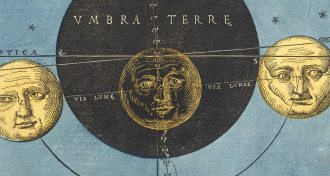 Planetary Science
Planetary ScienceSee how visualizations of the moon have changed over time
To celebrate the 50th anniversary of the moon landing, here’s a collection of images that show how the moon has been visualized over the ages.
-
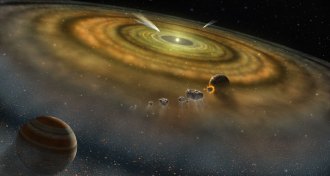 Astronomy
AstronomyMoons that escape their planets could become ‘ploonets’
If giant planets in other star systems lose their moons, the freed objects could become “ploonets,” and current telescopes may be able to find them.
-
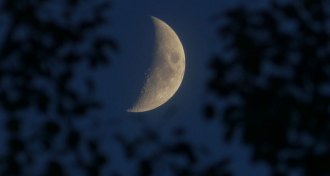 Anthropology
AnthropologyAncient humans used the moon as a calendar in the sky
Whether the moon was a timekeeper for early humans, as first argued during the Apollo missions, is still up for debate.
-
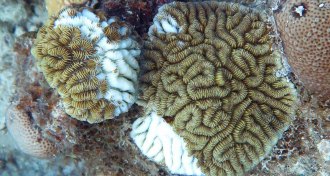 Oceans
OceansA mysterious coral disease is ravaging Caribbean reefs
Scientists are racing to learn what’s behind a disease that’s “annihilating” whole coral species in hopes of stopping it.
-
 Neuroscience
NeuroscienceA 100-hour MRI scan captured the most detailed look yet at a whole human brain
Researchers report ultraprecise imaging of a postmortem human brain.
-
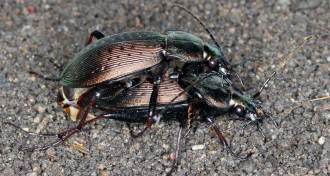 Animals
AnimalsGround beetle genitals have the genetic ability to get strange. They don’t
A new look at the genetics of sex organs finds underpinnings of conflicts over genital size.
By Susan Milius -
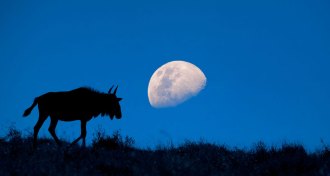 Ecosystems
EcosystemsMoonlight shapes how some animals move, grow and even sing
The moon’s light influences lion prey behavior, dung beetle navigation, fish growth, mass migrations and birdsong.
By Erin Wayman -
 Planetary Science
Planetary ScienceReaders wanted to know about asteroids, lithium batteries and more
Readers had questions and comments about asteroids, lithium batteries, and pyroclastic flows.
-
 Astronomy
AstronomyAfter all this time, the moon still manages to surprise us
Editor in Chief Nancy Shute discusses 50 years of lunar science.
By Nancy Shute -
 Health & Medicine
Health & MedicineBreaking down the science behind some of your favorite summer activities
Inject some science into your summer.
-
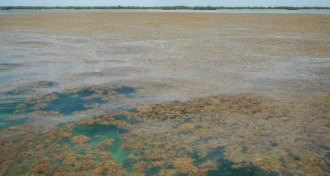 Oceans
OceansThe largest seaweed bloom ever detected spanned the Atlantic in 2018
Nutrient-rich water from the Amazon River may be helping massive seaweed mats to flourish each summer in the Atlantic Ocean.
-
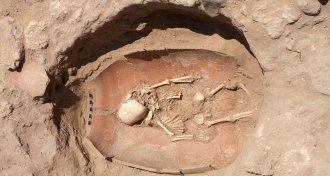 Anthropology
AnthropologyAncient DNA reveals the origins of the Philistines
A mysterious Biblical-era population may have fled Bronze Age calamities.
By Bruce Bower